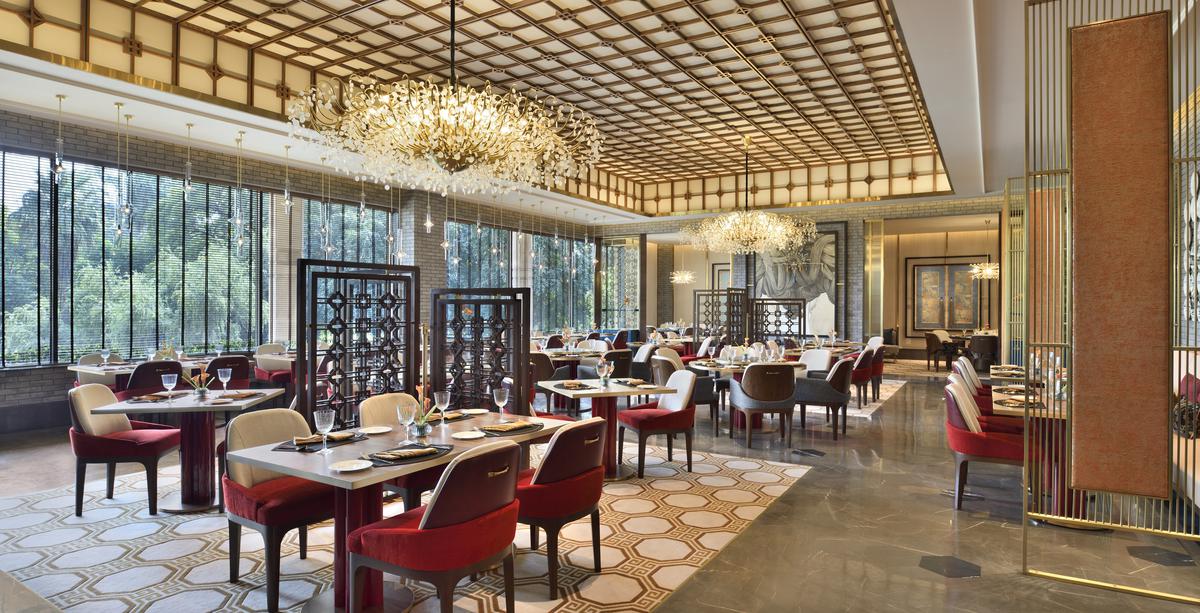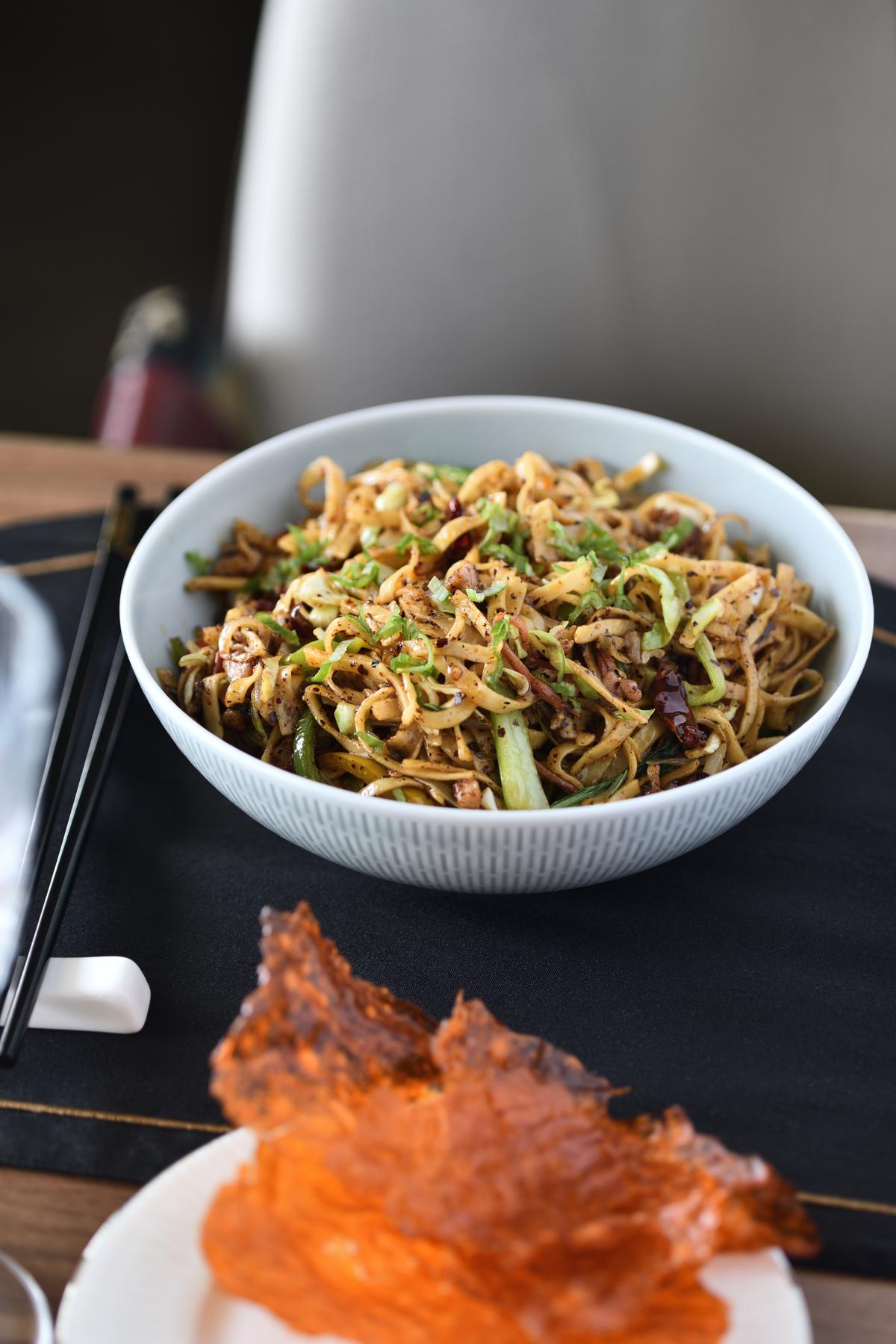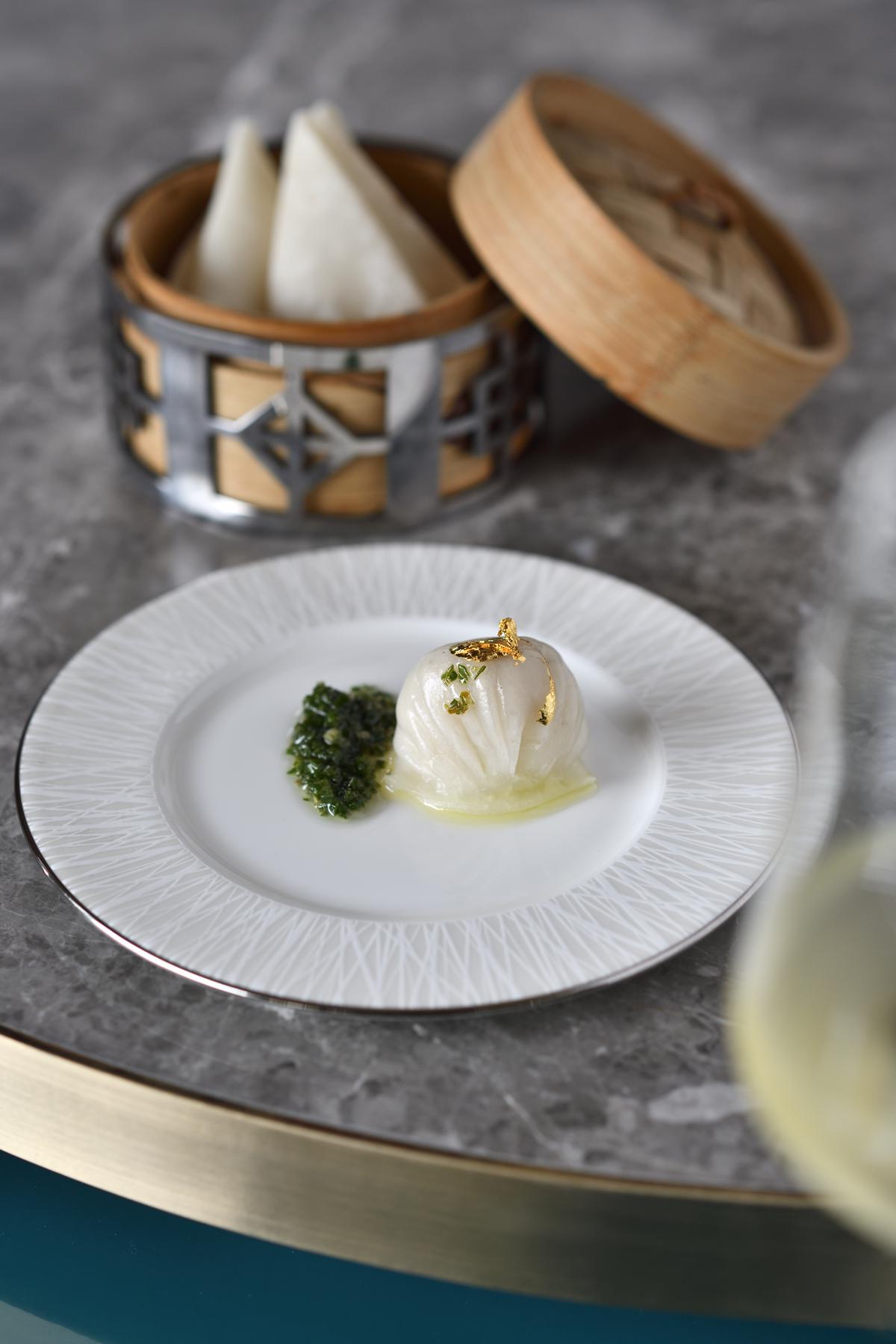Despite the popularity of ‘Chinjabi’ cooking, modern Asian food is gaining ground. Delhi’s iconic House of Ming reopens with a menu that curates authentic flavours of Mainland China for an Indian palate
I must confess that growing up in the 80s in India meant that food was more about quantity than quality. Okay, let me qualify that, food in the capital city – outside of butter chicken and dal makhani – was not as focused or sincere as it has become in the last few years. Back then, the same chef would churn out Indian, Chinese, Mexican and Italian from the same kitchen, which is where cuisines like Chin-jabi and Desi-Italian may have found their unsuspecting roots.
A lot has changed since. Indians have travelled extensively, five-star hotel chains have spent considerable time educating themselves, and then coming up with menus which aren’t as compromised. All in all, today, we can get Asian fare that is distinct not just by country but even regions within a country.

Yu Xian Seabass
Delhi’s iconic Taj Mahal hotel’s well loved House of Ming restaurant has had a makeover. The hotel has a deep-rooted history that connects it with the capital’s denizens. The launch of the this the hotel, housed in a 12-storey Dholpur stone building, was heralded with an Yves St Laurent fashion show all the way back in 1978.
For many people living in the 5-km radius, HOM was a weekend fixture, the common converging spot for many a familial gathering. The food definitely wouldn’t have convinced a Chinese chef but it was Asian enough to keep us hooked. No frog’s legs and dried shrimp sauce – the meat section was a lot tamer and the vegetable mains a lot more creative – but it got the job done.
But then I grew up, got into hospitality, spent years abroad including a good amount of time in South East Asia where Chinese food is as ambiguous a term as Indian food. There are so many versions and variations – Sichuan is fiery and uses indigenous pepper generously while Fujian fare is more about umami (think seafood and mushrooms), Teochew is marked by its seafood and vegetable based dishes especially in Shacha sauce, and then there are Shanghainese (rich use of soy, more modern and influenced) and Beijing which was much shaped by the cuisines of the royals. Trying all these meant that coming back to India only made me realise just how archaic our culinary definitions and interpretations were.

House of Ming’s dining area
The team at the Taj too must have realised that the time was nigh for a revamp. While the old restaurant may still have had its share of customers, it looked jaded and the menu wasn’t really drawing any new attention.
So, the team used the downtime that the pandemic (unwillingly) afforded us to turn HOM around. Chef Arun Sundararaj and his team compiled a new menu and David Edwards and his team at Aston Designs, along with the IHCL Projects team have envisaged a befitting space around it.
The theme remains the same – a Ming princess with her lovely tresses only elusively seen in reflections around the place – but the interpretation is a lot brighter and breezier. Everything has been upgraded, from the upholstery to the crockery, the decor to the dishes and this new avatar is much closer to the Mainland than most restaurants in the city at this point of time.

Hand Cut Noodles, Chicken
The message is clear, while this is still a representation of Chinese cuisines (think Hunanese, Sichuanese, and Cantonese) and dishes have been chosen for their authenticity, they have been curated to focus on flavours which are easier to accept and enjoy for most Indians. So spices which run familiar have been preferred over tastes which might be too novel.
This sensibility is a smart way to walk the path of means – to have a new space with fresh flavours and yet be able to accommodate for palates with a more restrictive notion of what they perceive as Chinese. The Mala roast cumin goat, which is a traditional dish from the Xinjiang province – also quite rare, given the special type of goat – seems quite close to our own fare thanks to the cumin dominant mix. Another memorable one is the Baked snapper with chilli wine sauce, almost a Chinese take on a Coq au Vin.

Prawn Har Gao
Vegetarians needn’t feel left out: try the mushroom, cheese and truffle oil dim sum, Peking pancake, Mapo dofu and braised shiitake. All dishes have calories printed next to them (apart from a colourful legend detailing ingredients, dairy, gluten, and other possible allergens) and it all feels very Western and new-age.
Teas are given special attention here and I frankly, tried more teas than any other beverage. The smokey oolong was a complex brew, rich and redolent with (almost) smoked-meat notes, it paired brilliantly across various courses.
For the moment, it’s still all very new but the response seems mostly positive, especially from the old guard, who had frequented the place for all these decades and seem to have taken rather well to this new avatar. Maybe it helps that the pandemic has left us all a lot more grateful in general for having socialising options and to see a new outlet anywhere has become a beacon of hope and promise.
Stay connected with us on social media platform for instant update click here to join our Twitter, & Facebook
We are now on Telegram. Click here to join our channel (@TechiUpdate) and stay updated with the latest Technology headlines.
For all the latest Food and Drinks News Click Here
